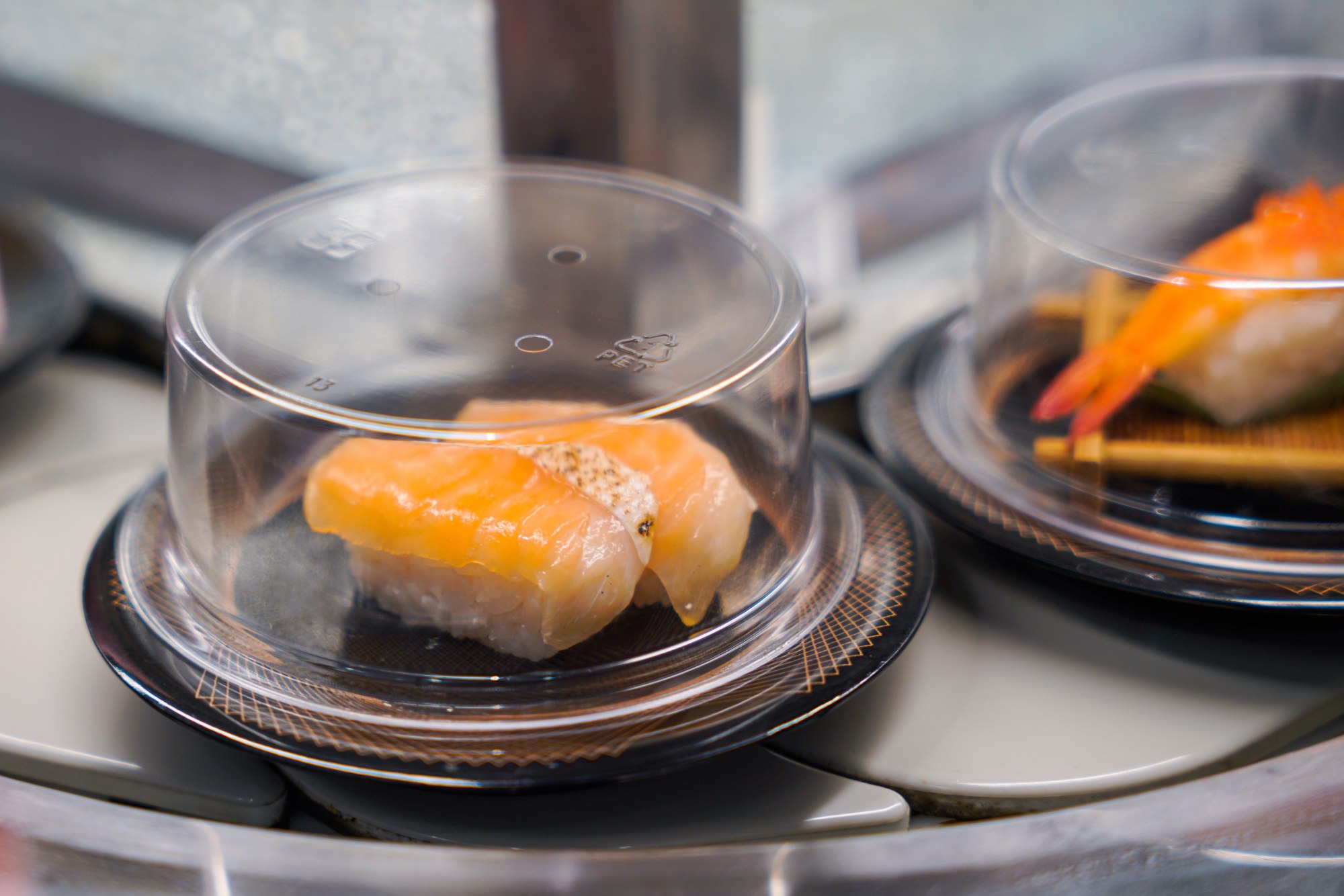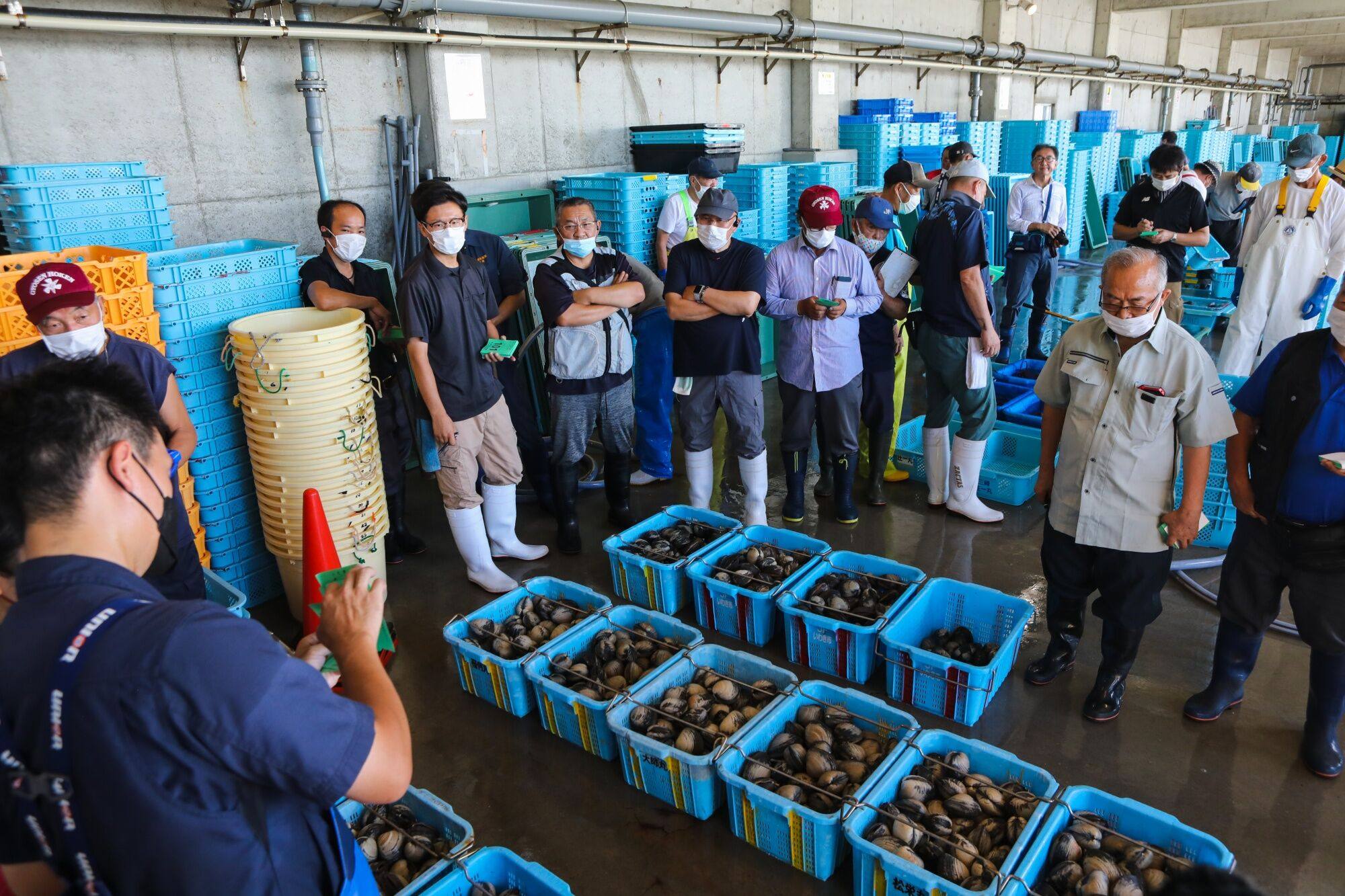As Japan pushes to sell Southeast Asia more seafood, will consumers bite?

News of the Fukushima wastewater release, paired with Beijing’s ban on seafood from Japan, was enough to put Teo Wenya off one of her favourite dishes – Japanese oysters.
“My kids really like salmon so we still have to cook it at home but I’d buy salmon from Norway instead. I would avoid Japanese salmon,” she said.
Japan intends to organise an “increasing number” of food fairs and exhibitions in target markets to bolster exposure of and interest in its seafood, according to Ichiro Miyashita, minister of agriculture, forestry and fisheries.
“The safety [of our seafood] is confirmed, and we are exporting following rigorous procedures,” Miyashita said after launching a Japanese scallop promotion at a Japanese retail chain store in a shopping mall in Malaysia’s capital city of Kuala Lumpur earlier this month.
“The risk from our seafood as a result of the treated water is negligible.”
In July, seafood exports to China fell sharply, by 23.2 per cent year on year according to Japanese government data, the first decline since 2021.
Mainland China accounts for more than one-fifth of Japan’s total seafood exports. Japan sold about US$600 million worth of seafood to the mainland last year, followed by Hong Kong, which bought US$507 million worth.

Seeking new markets
Mohamad Sabu, Malaysia’s agriculture and food security minister, said the Malaysian government had no issues with Japanese seafood imports as no red flags had been raised after rigorous checks by its fisheries department and health ministry.
“So we import like normal from Japan. For us, for the time being, [we consider Japanese seafood] 100 per cent safe,” Mohamad told reporters on the sidelines of the meeting, adding that the government would maintain strict monitoring of Japanese seafood imports.
Japan’s Fukushima pushes ‘to give up’ on solar energy to preserve landscape
Japan’s Fukushima pushes ‘to give up’ on solar energy to preserve landscape
“We have, beforehand, gone through Japan’s plan very carefully, their planned cleansing as well as dilution rate and what they have planned, and we are comfortable,” said Singapore’s Sustainability and Environment Minister Grace Fu.
“This meets the health standards that are applied internationally,” Fu said on the sidelines of the Asean meeting of agricultural ministers in Kuala Lumpur this month.
There remains a large gulf, however, between China’s seafood purchases before the ban and how much more countries like Malaysia and Singapore are willing to buy.
Japan’s total seafood exports to Malaysia were worth US$23.5 million in 2022, according to Japanese finance ministry data, less than 4 per cent of what China had spent that same year.
Singapore’s food agency said in a statement that food imports from Japan had accounted for just 1.5 per cent of the city state’s total imports over the past decade.

Still, expanding its seafood exports in Southeast Asia is a natural step for Japan, said Adib Zalkapli, Malaysia director with political risk advisory BowerGroupAsia, especially given its geographical proximity and the region’s burgeoning middle class that can support demand.
Regional countries are also less inclined to be influenced by geopolitical or bilateral tensions that do not involve them directly, Adib said, referring to China’s ban.
“Malaysia, for example, has robust quarantine and import regulations and it operates independent of geopolitical developments,” he told This Week in Asia.
But some Malaysian consumers see little reason to increase the amount of Japanese seafood in the local market.
“Even if we don’t eat Japanese seafood it’s not a problem. We have our own seafood,” said a 74-year-old Malaysian retiree, who asked only to be identified as Thomas.
“It’s confusing. One side says [the Fukushima wastewater release] is a problem, another side says it’s okay. It’s great if it’s true that it’s not harmful, but better still if they don’t need to release the water,” he said.





